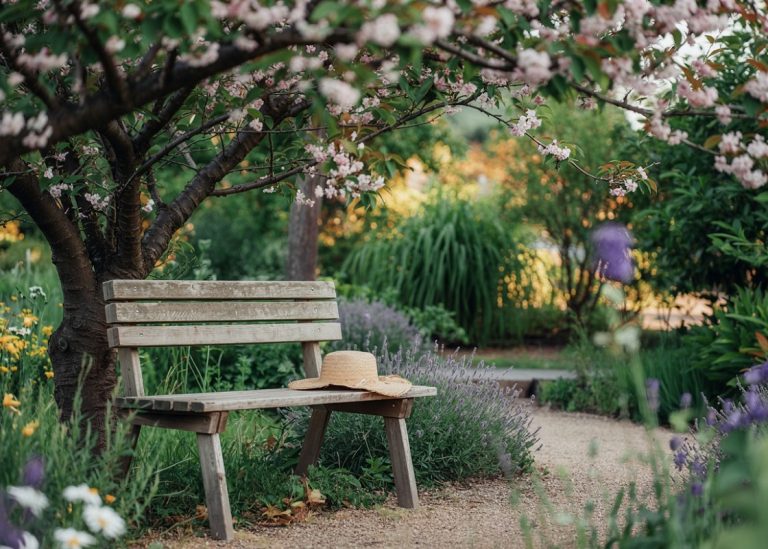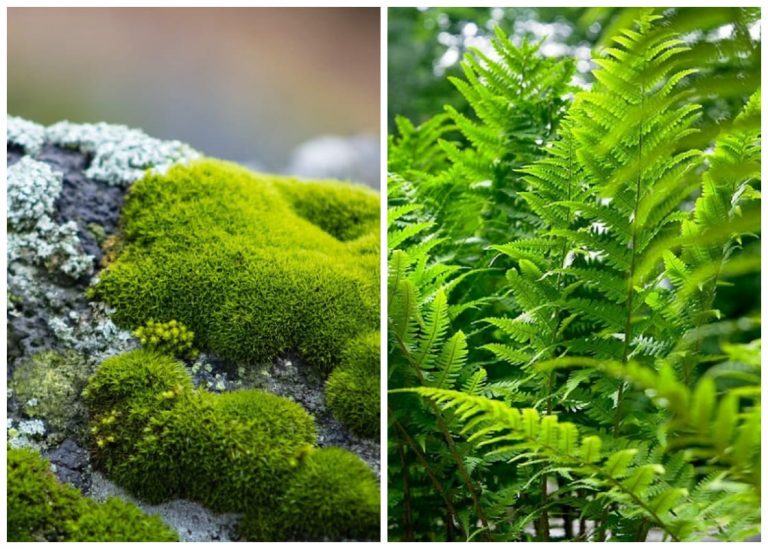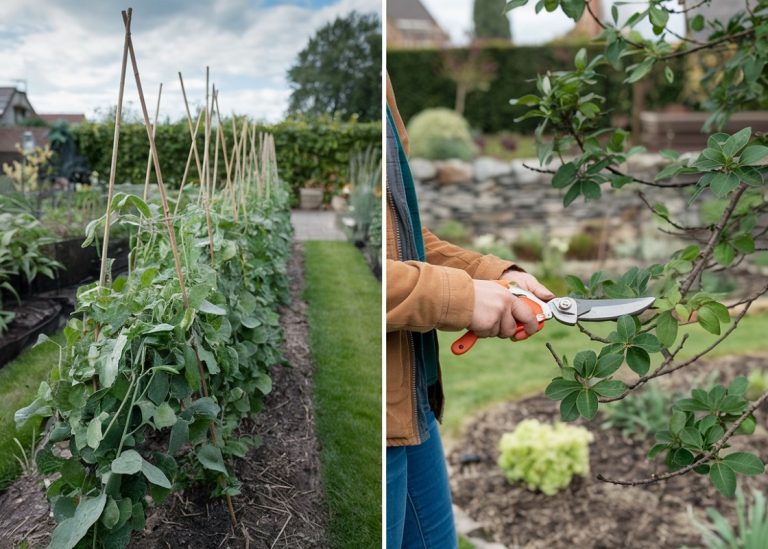Container Gardening? Here Are 6 Mistakes I Wish I Knew Sooner
One spring, I set up what I thought was a picture-perfect patio garden. Terra cotta pots lined the edge of the steps, overflowing (visually, at least) with young basil, tomatoes, petunias, and thyme. I’d arranged them by color. They looked amazing.
But by midsummer, that dreamy setup turned into a mess. The basil turned yellow, my tomatoes refused to fruit, and I found myself watering constantly—only to be met with drooping leaves and sad, stunted plants.
It took a few seasons, some well-earned mistakes, and a lot of garden journal scribbles before I understood what container gardening really needed. It’s not just placing plants in pretty pots and crossing your fingers. It’s about understanding their rhythms, their space, and even their quirks.
Over the years, I’ve come to love container gardening not just for its flexibility but for how personal and creative it feels. Whether you’ve got a small balcony or just love moving your pots around with the light, it’s a beautiful way to grow. But avoiding a few key mistakes? That’s what turns trial-and-error into a thriving little paradise.
Let me walk you through the six lessons I’ve learned—so you can enjoy the lush side of container gardening from the start.
1. Choosing the Wrong Container
I once planted a cherry tomato in a decorative pot barely big enough for a marigold. I thought it’d be fine—after all, I was watering it daily. But that poor plant just sat there, not unhappy, but definitely not thriving.
The truth is, containers matter just as much as the soil or the sun. Small pots dry out quickly, offer little room for roots, and often lack proper drainage. I’ve lost more than one basil plant to root rot because I used a beautiful pot with no hole at the bottom.

Now I always ask myself:
-
Is this pot deep enough for the plant’s root system?
-
Does it drain well?
-
Will it get too hot in the sun (like metal or dark containers tend to do)?
My tip: If you fall in love with a pot that has no drainage hole, nest a smaller nursery pot inside. That way, you can lift it out to water and let excess moisture drain properly.
2. Using the Wrong Soil
There was a time when I thought scooping up soil from my backyard would be just fine for containers. It felt thrifty. It felt earthy. But within weeks, the pots were compacted, the water puddled on top, and the roots weren’t happy.
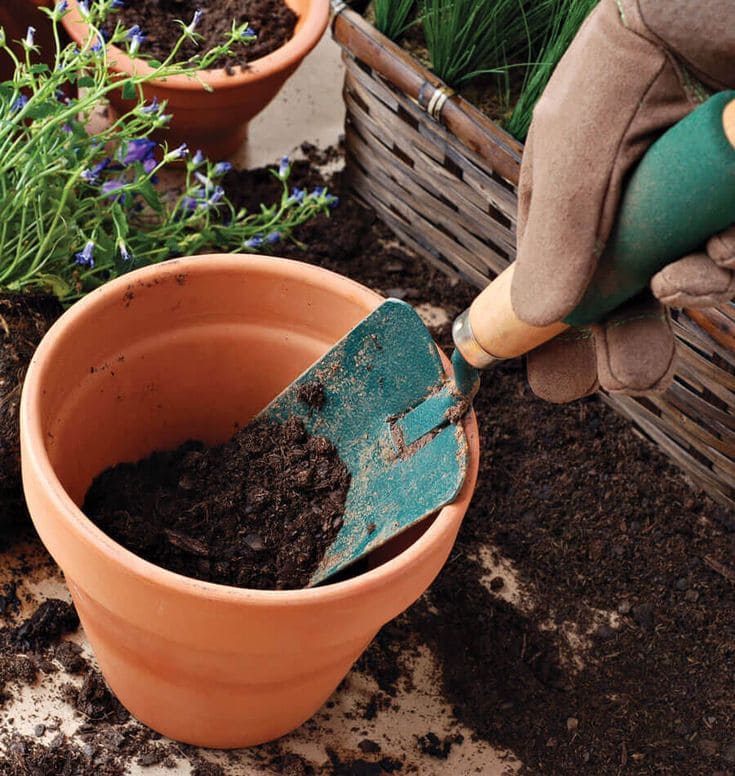
I’ve since learned that garden soil is too heavy for containers. It lacks the breathability that potted roots need and tends to suffocate them when wet. It also doesn’t drain fast enough, which can lead to rot or fungal issues.
What I use now:
-
High-quality potting mix—light, fluffy, moisture-retaining but well-draining
-
Or my DIY mix: equal parts compost, coconut coir (or peat moss), and perlite
Bonus tip: Add a few handfuls of worm castings to boost nutrients naturally.
3. Overcrowding the Pot
One summer, I planted three pepper seedlings in one big planter, thinking they’d keep each other company. Instead, they competed—fighting for water, nutrients, space, and sunlight. In the end, none of them did well.
It’s tempting to plant densely to create that lush, overflowing look. But plants need space to breathe—literally. Overcrowding reduces airflow, increases disease risk, and stresses your plants.
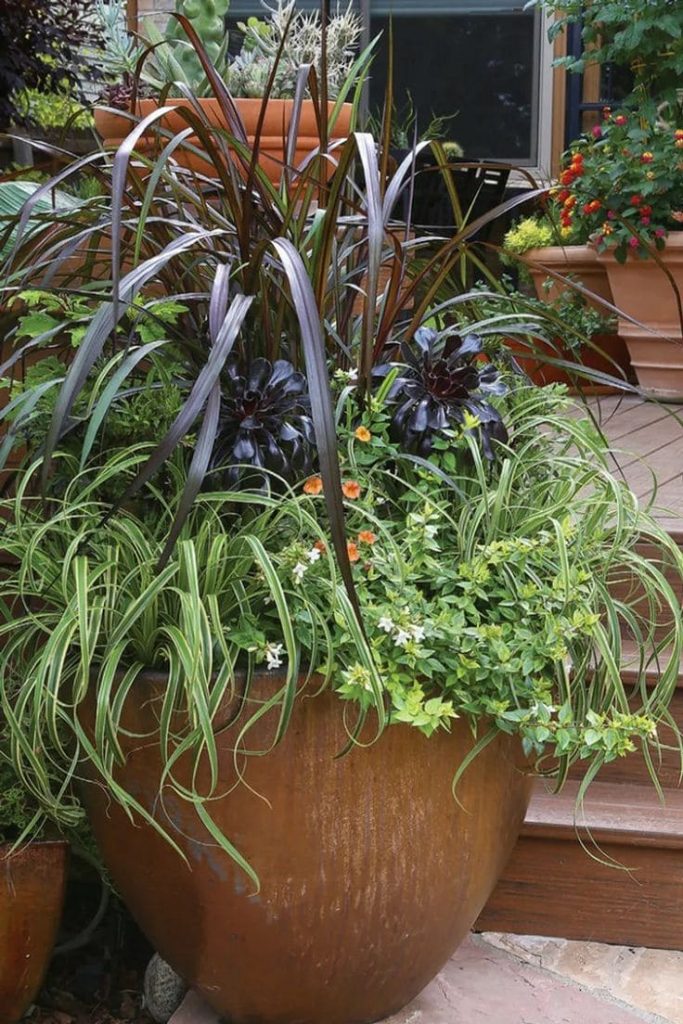
What works better for me now:
-
Follow spacing guidelines (they exist for a reason!)
-
Pair plants with compatible root depths
-
Use layering—for example, lettuce or nasturtiums at the base of taller peppers or eggplants
This way, I get that full, beautiful container without cramming everyone into one square foot of soil.
4. Watering on Autopilot
I used to water my containers every morning—rain or shine, hot or cool. It felt like part of my routine. But I soon learned that consistency without awareness isn’t helpful.
Some days, the soil was already moist from overnight rain. Other times, despite my morning routine, it dried out by afternoon. And in my early days, I also kept a few pots constantly soggy—which is just as harmful as letting them dry out completely.

Now I check the soil before I water. I stick my finger about an inch deep into the pot. If it’s dry, it’s time. If it’s damp, I wait.
Tips that changed my watering game:
-
In summer, small pots may need water twice a day
-
Terra cotta dries out faster than glazed or plastic
-
Always water deeply, so roots are encouraged to grow down
And always elevate your pots slightly—especially on patios—to let them drain properly.
5. Skipping Fertilizer
For the longest time, I thought good soil would carry me through the season. And it does—for a few weeks. But in container gardening, every watering washes nutrients away. After a while, even the happiest plants begin to pale or slow down.
Now, I feed my container plants regularly, the same way I’d refill a watering can—except I’m refilling the soil.
Here’s what I use and love:
-
A liquid organic fertilizer (fish emulsion, seaweed, or compost tea) every 2–3 weeks
-
Slow-release granules at the start of the season
-
Worm castings or compost worked into the top inch of soil
You’ll be amazed how quickly your plants respond when they get what they need—leaves perk up, blooms multiply, and fruits ripen faster.
6. Reusing Old Soil Without Refreshing It
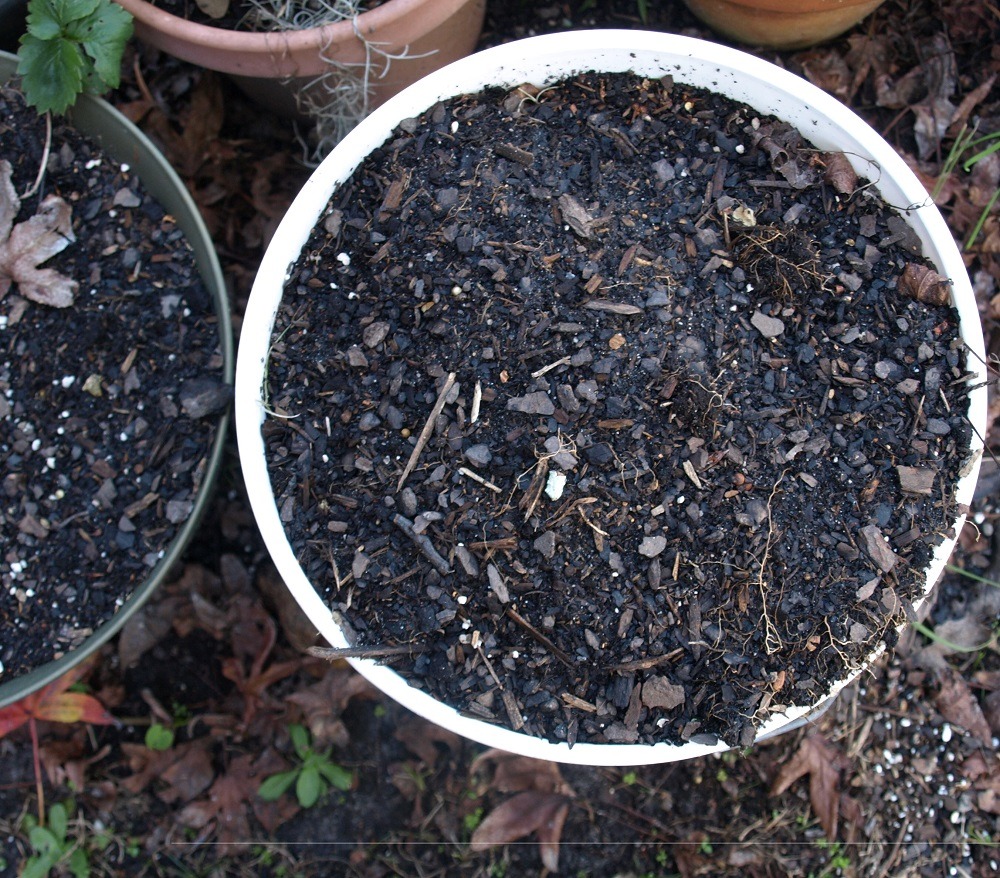
I made this mistake more than once. I’d dump a tomato plant out at the end of the season, shake the roots off, and save the soil for next year. But by the third season, nothing was growing well.
Container soil gets tired. Nutrients deplete, structure breaks down, and sometimes pests or diseases linger. I’ve learned to refresh my potting mix each spring before planting.
My simple refresh method:
-
Dump out last year’s soil
-
Remove any old roots or debris
-
Mix in fresh compost, some new potting mix, and a bit of perlite
-
Let it sit for a few days to “breathe” before replanting
And for heavy feeders like tomatoes or squash? I give them a fresh start every time, in new or rotated soil.
Final Thoughts: Keep Growing, Keep Learning
Container gardening is a journey—one that’s as much about creativity and heart as it is about soil and sun. Every mistake I’ve made has helped me understand my plants better. And every new season brings its own rhythm, its own joys.
So don’t worry if you’ve overcrowded a pot or forgot to fertilize. We all start somewhere. The important thing is that you keep growing—your plants, your knowledge, your love for the garden.
If you’ve made any of these mistakes too, or found tricks that work for your container setup, I’d love to hear about them. That’s the beauty of this community—we grow best when we grow together.


